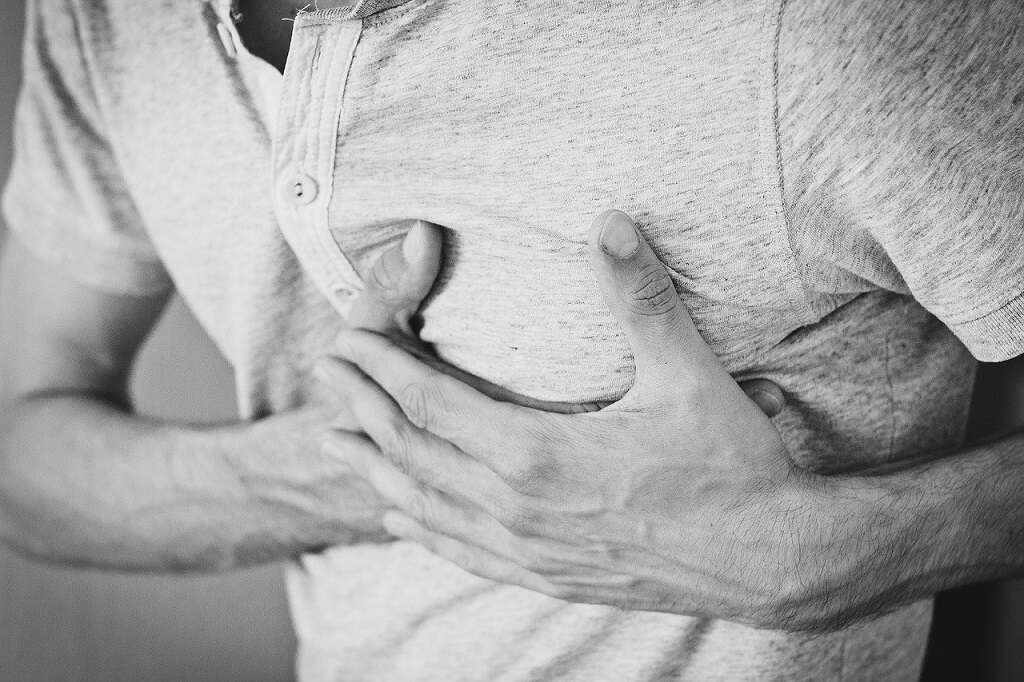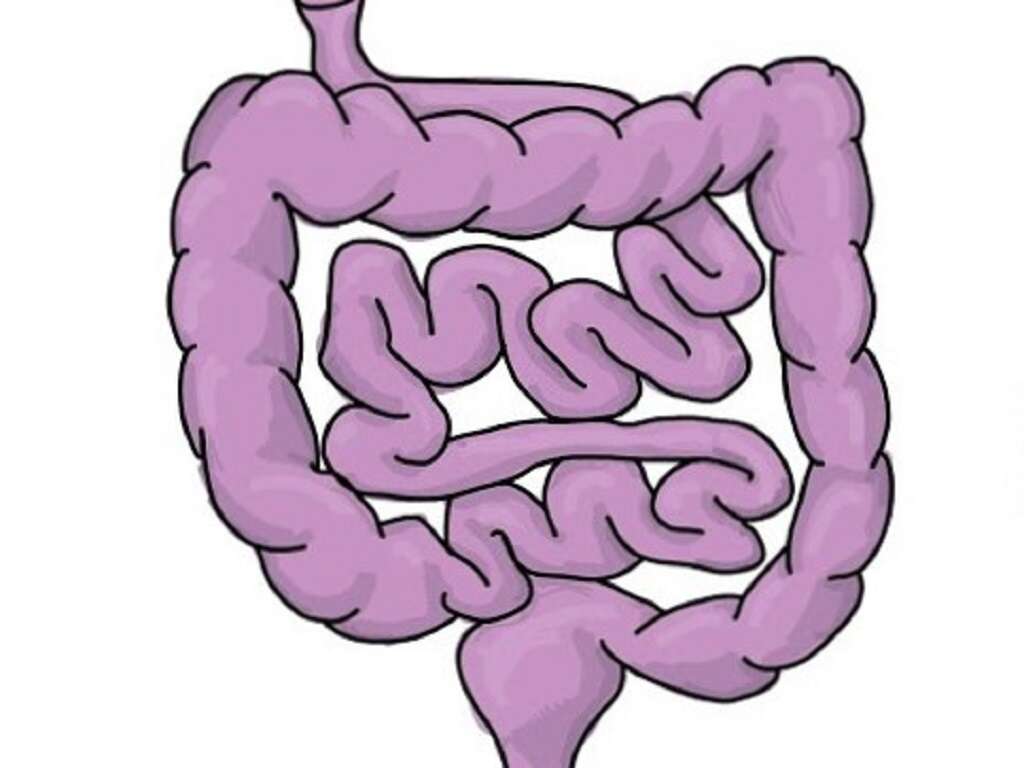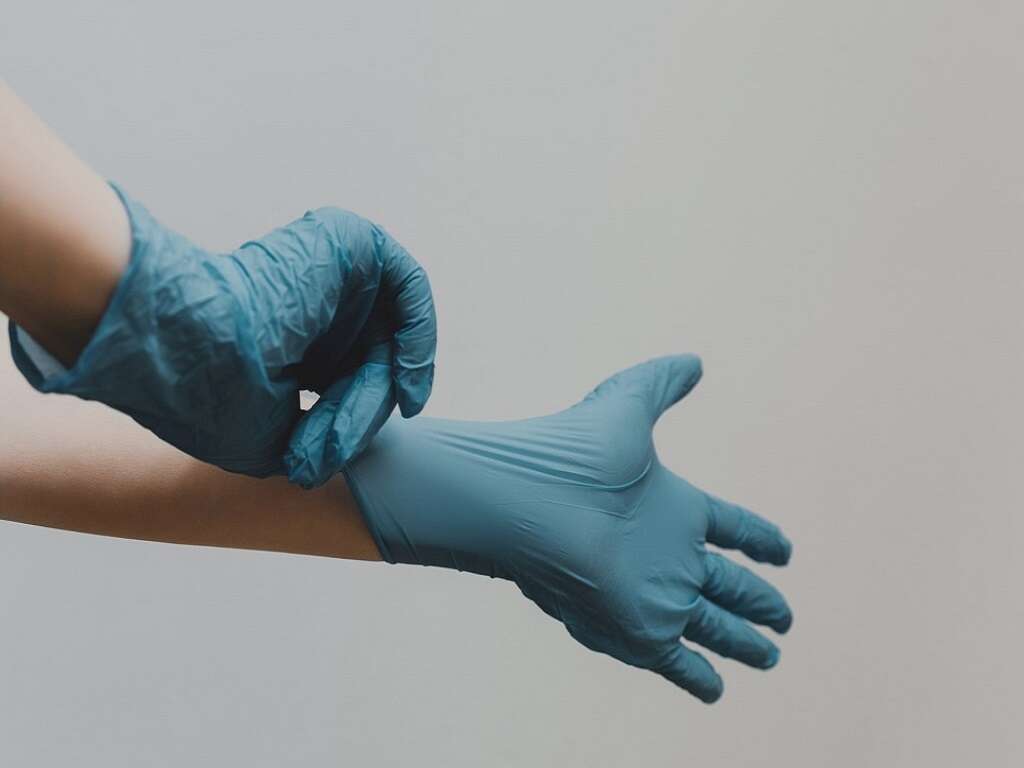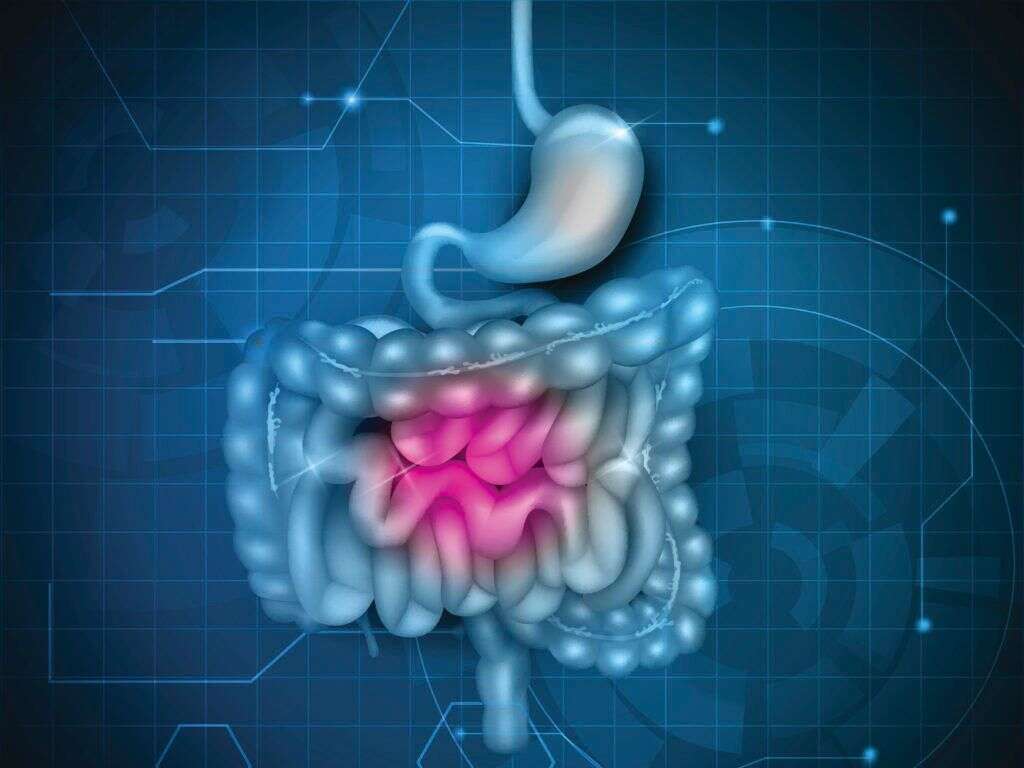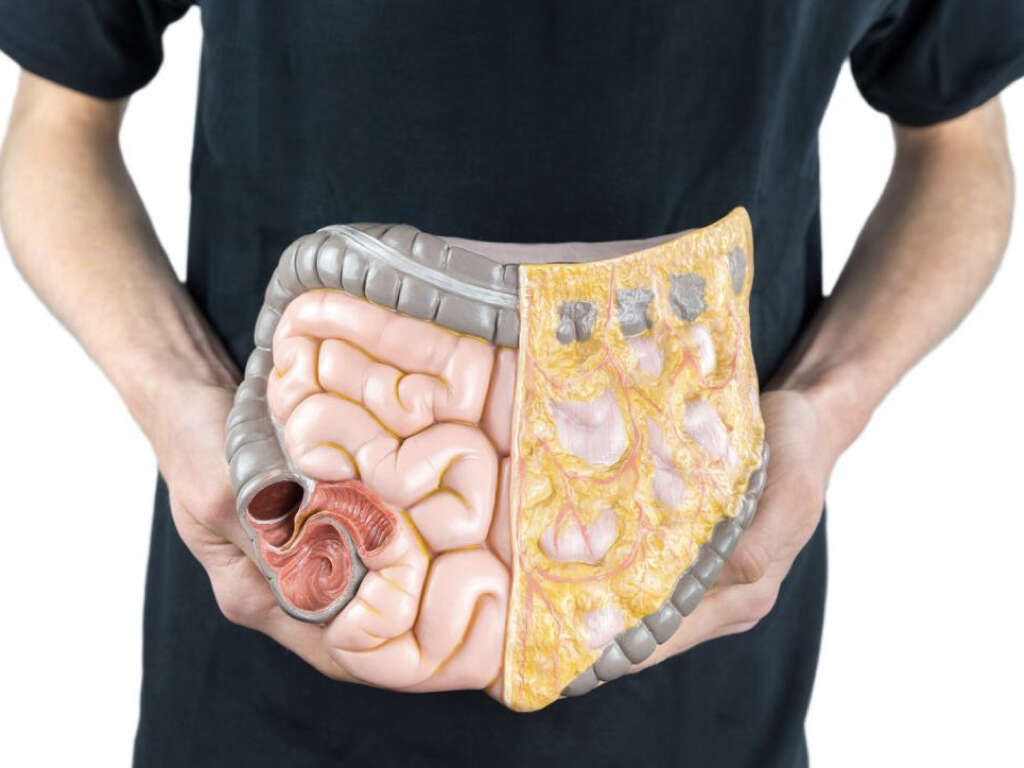10 FAQs About the Duodenum
 Article Sources
Article Sources
- 1. Collins, Jason T. 'Anatomy, Abdomen and Pelvis, Small Intestine.' StatPearls /[Internet/]., U.S. National Library of Medicine, 10 Aug. 2020, www.ncbi.nlm.nih.gov/books/NBK459366/
- 2. Lopez, Peter P. 'Anatomy, Abdomen and Pelvis, Duodenum.' StatPearls /[Internet/]., U.S. National Library of Medicine, 15 Aug. 2020, www.ncbi.nlm.nih.gov/books/NBK482390/
- 3. Khanna, Seema, et al. 'Distal Duodenal Obstruction: a Surgical Enigma.' The Indian Journal of Surgery, Springer India, June 2017, [www.ncbi.nlm.nih.gov/pmc/articles/PMC5473798/.](https://www.ncbi.nlm.nih.gov/pmc/articles/PMC5473798/.)
- 4. Shuck, Jerry M. Duodenal Diverticula. Surgical Treatment: Evidence-Based and Problem-Oriented., U.S. National Library of Medicine, 1 Jan. 1970, www.ncbi.nlm.nih.gov/books/NBK6891/
The human body comprises a wide range of parts. Many people are aware of the small and large intestines. But they might not know the specific names for each section of the digestive tract. For example, the duodenum is the first segment of the small intestine.
The section of the digestive system is one of three parts to the small intestine. It connects the liver and jejunum, which is the middle portion of the small intestine. The duodenum's primary responsibility is to break down food continuously. Additionally, the area is also susceptible to trauma and disease that can be life threatening.1Collins, Jason T. ‘Anatomy, Abdomen and Pelvis, Small Intestine.’ StatPearls /[Internet/]., U.S. National Library of Medicine, 10 Aug. 2020, www.ncbi.nlm.nih.gov/books/NBK459366/
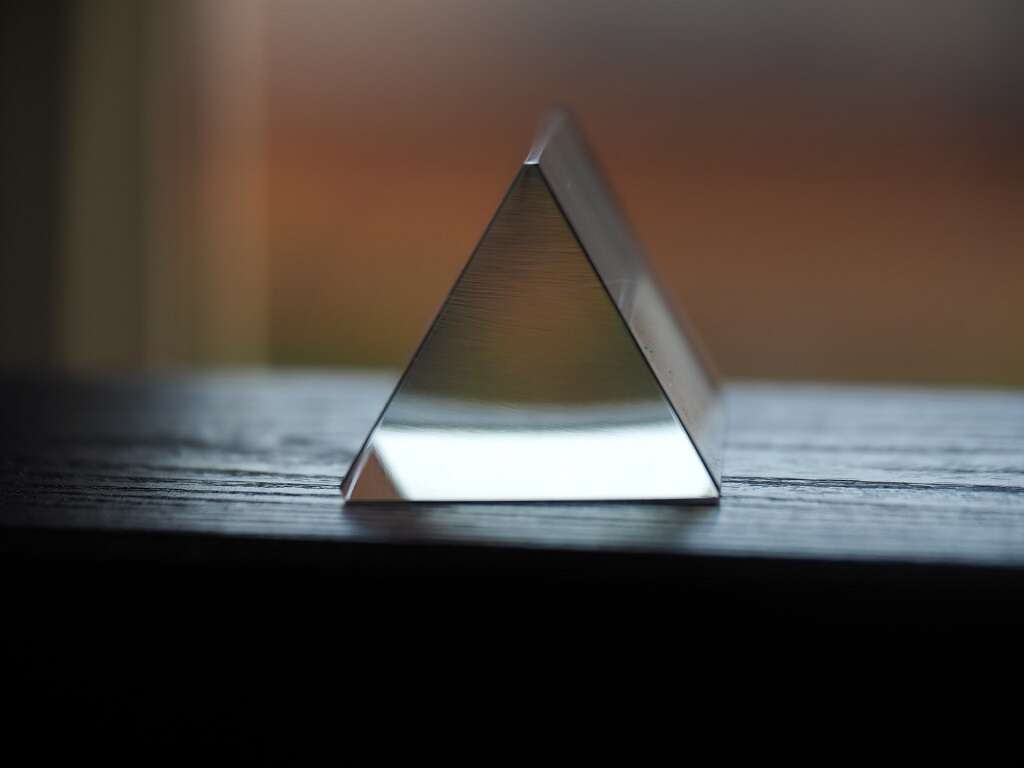
It's The First Part of the Small Intestine
The duodenum is a short area of the small intestines. There are four sections of the 25 to 30 cm long part of the small intestine. It's the C-shaped portion of the digestive tract. The duodenum is the shortest segment of the small intestine and a continuation of the pylorus, opening from the stomach. This connecting area is referred to as the antrum.
Despite the modest size of the duodenum, the small intestine is massive, covering three to five meters of the digestive system. It blends into the second portion of the small intestine, the jejunum.

The Latin Name for Duodenum
Duodenum is Latin for 12 fingers. The name comes from the average length of 12 fingers, which is 25 cm to 30 cm. This small area contains four segments: the duodenal bulb, which includes the portal vein, common bile duct and hepatic artery. The second portion sits above the inferior vena cava and right kidney, and the third sits behind a network of blood vessels. Its fourth segment is the jejunum or the next complete section of the duodenum.2Lopez, Peter P. ‘Anatomy, Abdomen and Pelvis, Duodenum.’ StatPearls /[Internet/]., U.S. National Library of Medicine, 15 Aug. 2020, www.ncbi.nlm.nih.gov/books/NBK482390/

It Helps Break Down Food
The head of the pancreas sits in the C-shaped area of the small intestine. Also, it plays a role in the duodenum's functions. It secretes digestive enzymes so the small intestine can break down fats, carbohydrates and proteins.
Additionally, the gallbladder works with the duodenum to help it better absorb and digest fat using the bile it stores from the liver. These intestinal juices and digestive enzymes aid in the digestion process.
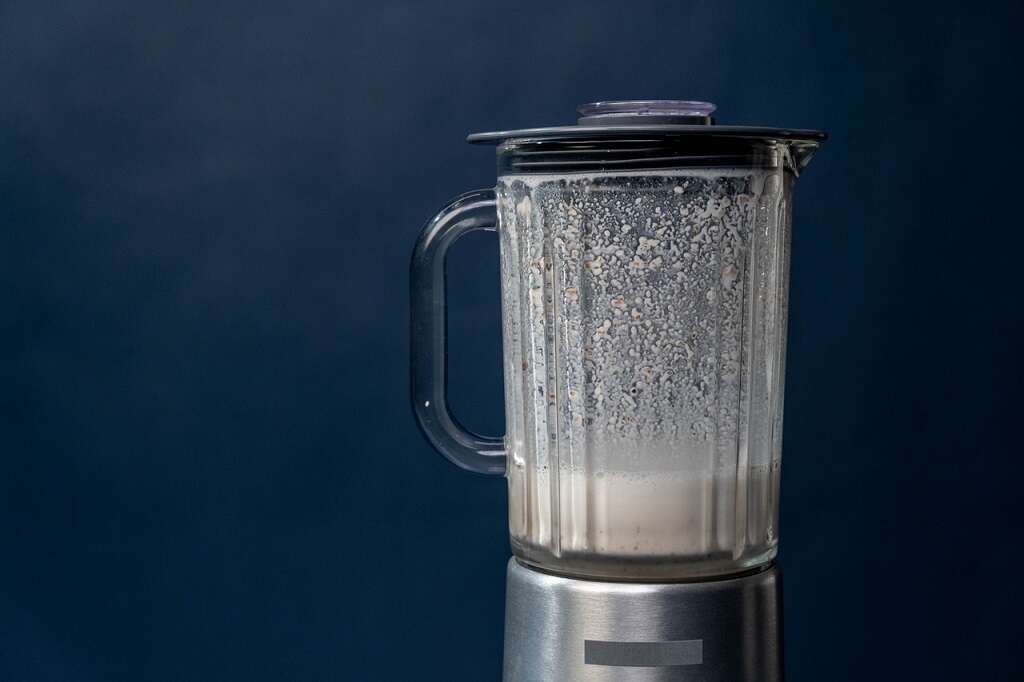
The Duodenum Absorbs Nutrients
Hormones also play a role in digestion through the duodenum. This unique body part has the ability to use hormones released from the duodenal epithelium to regulate its own environment. The hormone that's important to the digestion process in the small intestines is cholecystokinin.
When fatty acids and amino acids are detected, cholecystokinin prevents gastric emptying. Additionally, it helps the gallbladder contract, relaxing the sphincter, which in return assists with absorbing essential nutrients into the body.
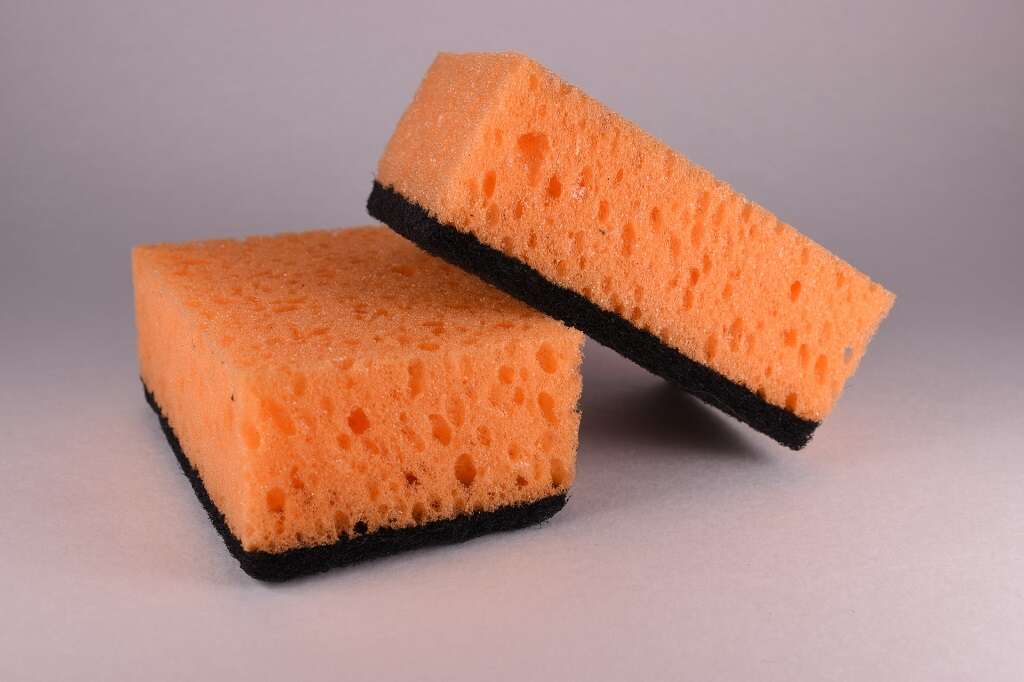
It's Connected to the Jejunum
The duodenum consists of three parts totaling 25 cm to 30 cm of the three- to five-meter of small intestines. The other two sections of the small intestine include the jejunum and ileum. Thus, the duodenum connects to the stomach and jejunum. Additionally, its walls include four tissue layers that match the rest of the tissue in the gastrointestinal tract.
The layers of the duodenum include the mucosa, submucosa, muscularis and serosa, with the mucosal layer as the inner surface of the small intestine.
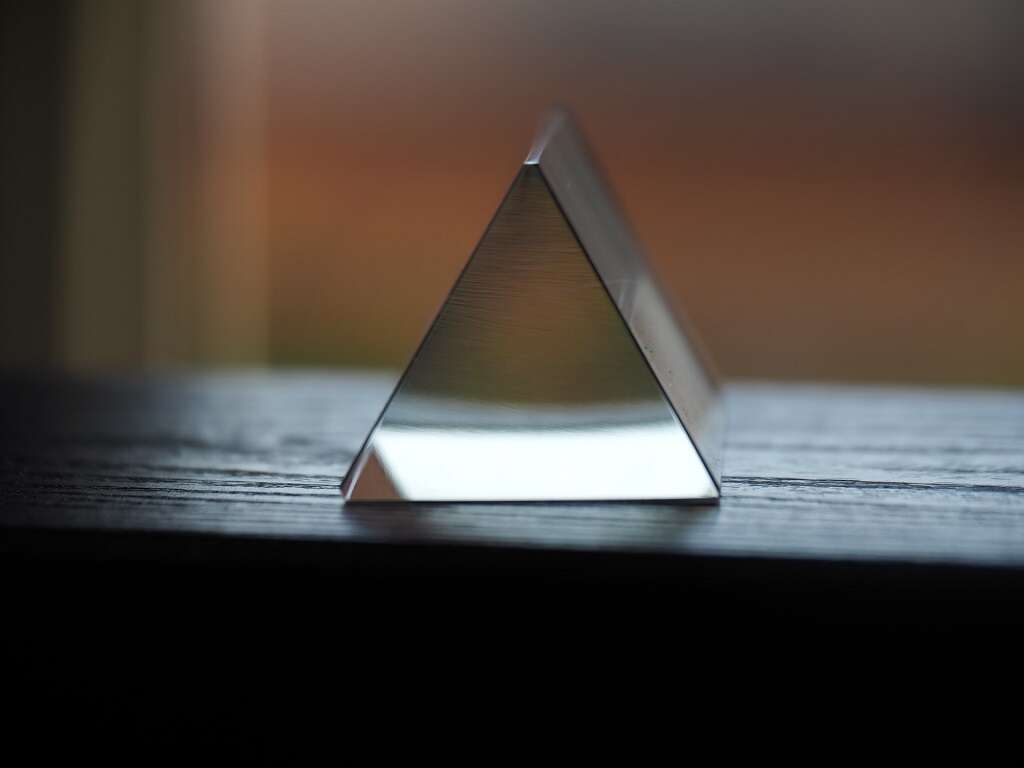
Duodenal Atresia & Down Syndrome
Some conditions that occur during fetal development are severe. For example, duodenal atresia is a condition involving the full closure of the duodenum's lumen. It happens for two possible reasons, the mother has polyhydramnios, or after birth, the newborn has signs of intestinal obstruction.
The birth injury is sometimes related to Down syndrome. However, it can occur in fetuses and newborns without other medical conditions. Treatment might be possible with a surgical procedure.

Duodenal Obstruction
Duodenal obstruction is possible and is a serious condition. Causes include scarring, food blockage, and sometimes cancer. In addition, untreated obstructions can cause complications from gastric perforation, electrolyte abnormalities, and gastric pneumatosis and portal venous gas.
Symptoms of duodenal obstruction include pain, nausea, vomiting, weight loss, and early satiety. Additionally, abdominal distention is rare but can present with some patients. The most common sign of obstruction is pain and vomiting.3Khanna, Seema, et al. ‘Distal Duodenal Obstruction: a Surgical Enigma.’ The Indian Journal of Surgery, Springer India, June 2017, www.ncbi.nlm.nih.gov/pmc/articles/PMC5473798/.

Duodenal Diverticulum
The duodenal diverticulum is a common and treatable condition. Luckily, it rarely leads to complications, and most patients experience zero symptoms. Instead, the ailment is typically found during colonoscopies and similar procedures. An estimated 5 percent of patients develop duodenal diverticulum.
The diverticula varies in size. Experts don't know the exact cause of the duodenal diverticulum. However, when the symptoms present problems, such as pain, surgical intervention to remove them might be necessary.4Shuck, Jerry M. Duodenal Diverticula. Surgical Treatment: Evidence-Based and Problem-Oriented., U.S. National Library of Medicine, 1 Jan. 1970, www.ncbi.nlm.nih.gov/books/NBK6891/

Hematoma
Injuries to the duodenum are possible. A duodenal hematoma is common following accidental or intentional blunt trauma to the abdominal area. It can cause mechanical compression that leads to the vessels in the submucosal plexus bursting.
Doctors can verify the injury with a CT scan. Treatment is often nonsurgical unless the injury involves the pancreas. A duodenal hematoma isn't the same as duodenal perforation, which would require immediate surgical intervention.

Duodenal Ulcer
A duodenal ulcer, also known as a peptic ulcer, can occur in all adults regardless of age. They're located above the ampulla of Vater and account for 10% of all ulcers in the small intestine. Symptoms include burning stomach pain, fatty food intolerance, bloating, nausea and heartburn.
Unresolved helicobacter pylori infection often causes duodenal ulcers. Other reasons include the overuse of NSAIDs and certain medications, such as steroids. Several treatments are available and are noninvasive.
